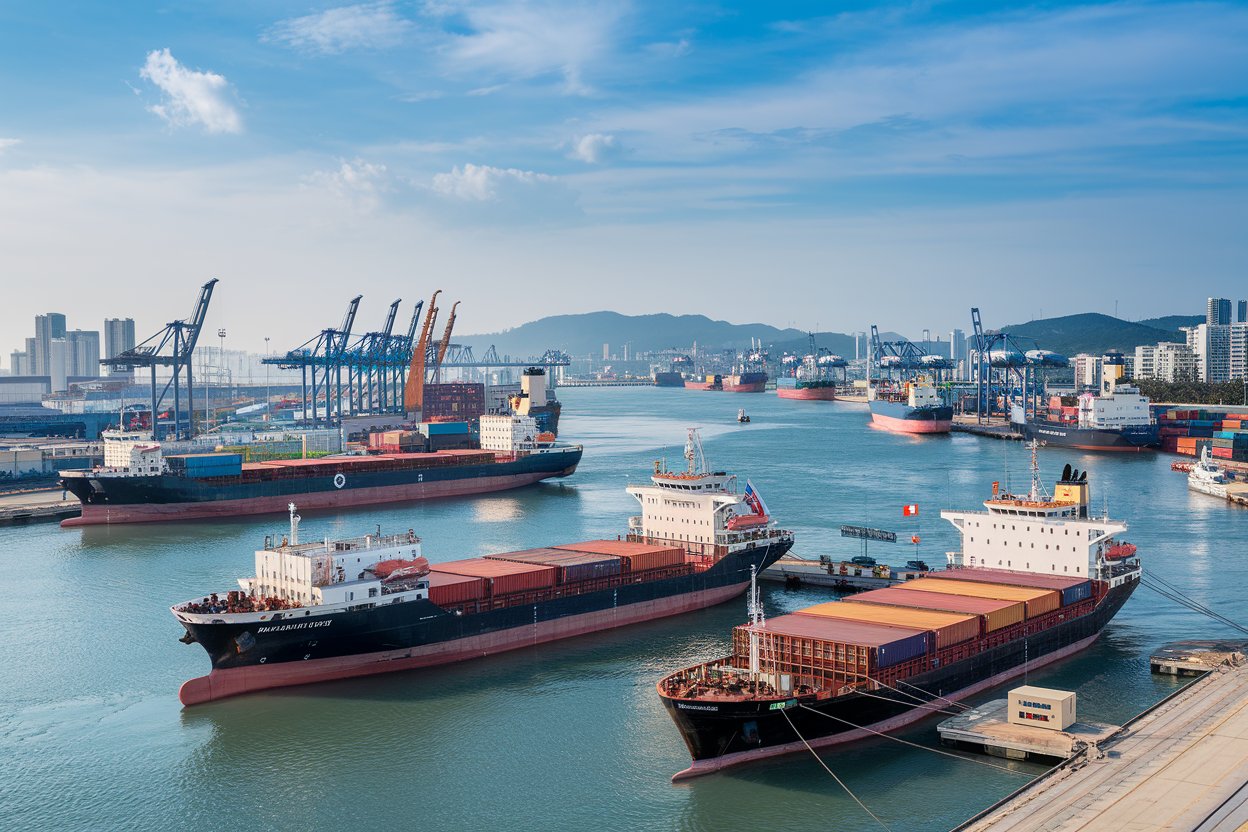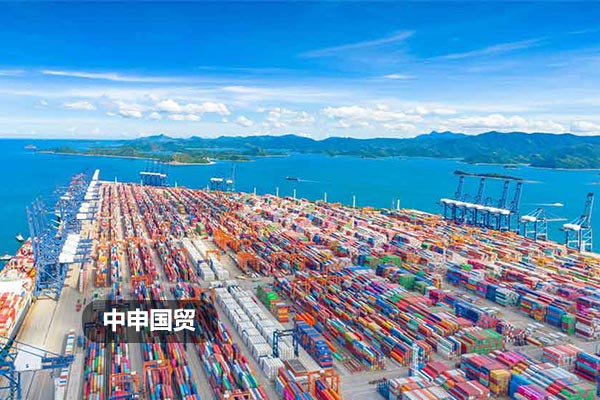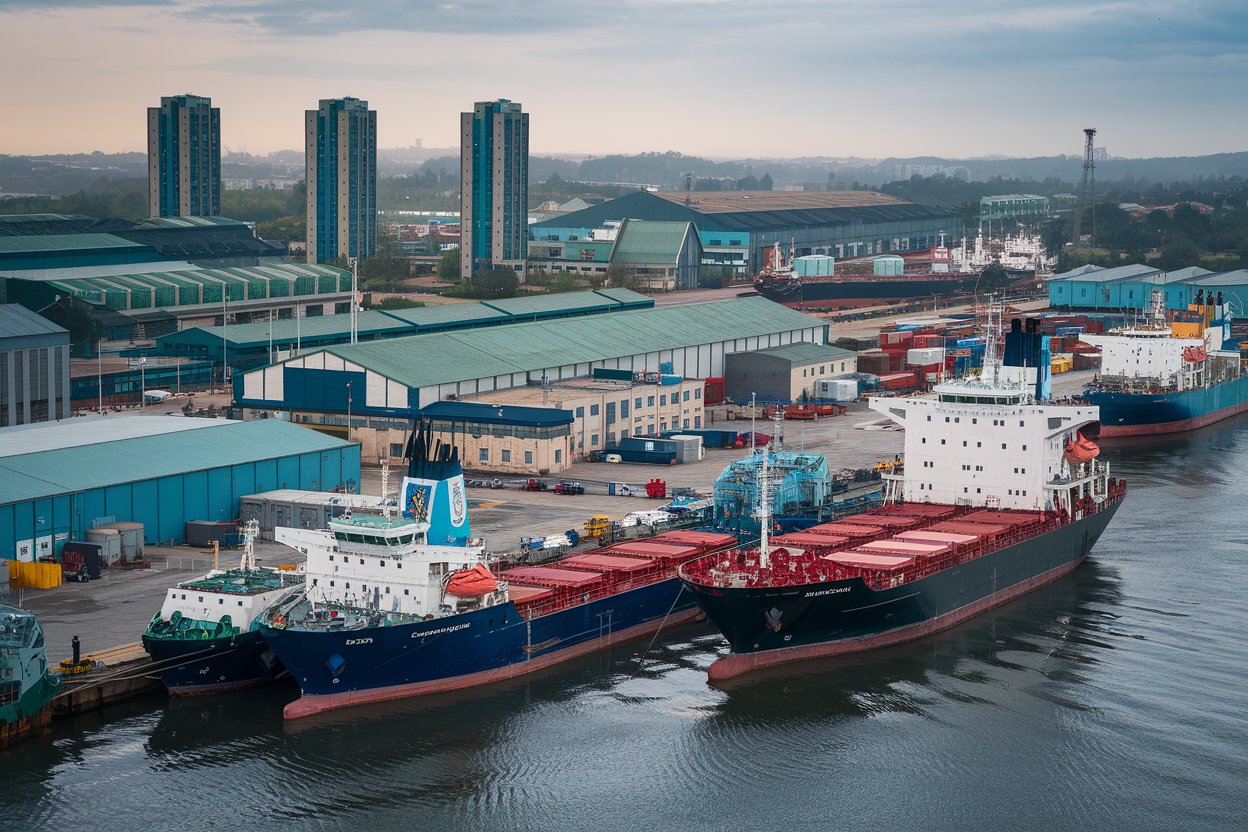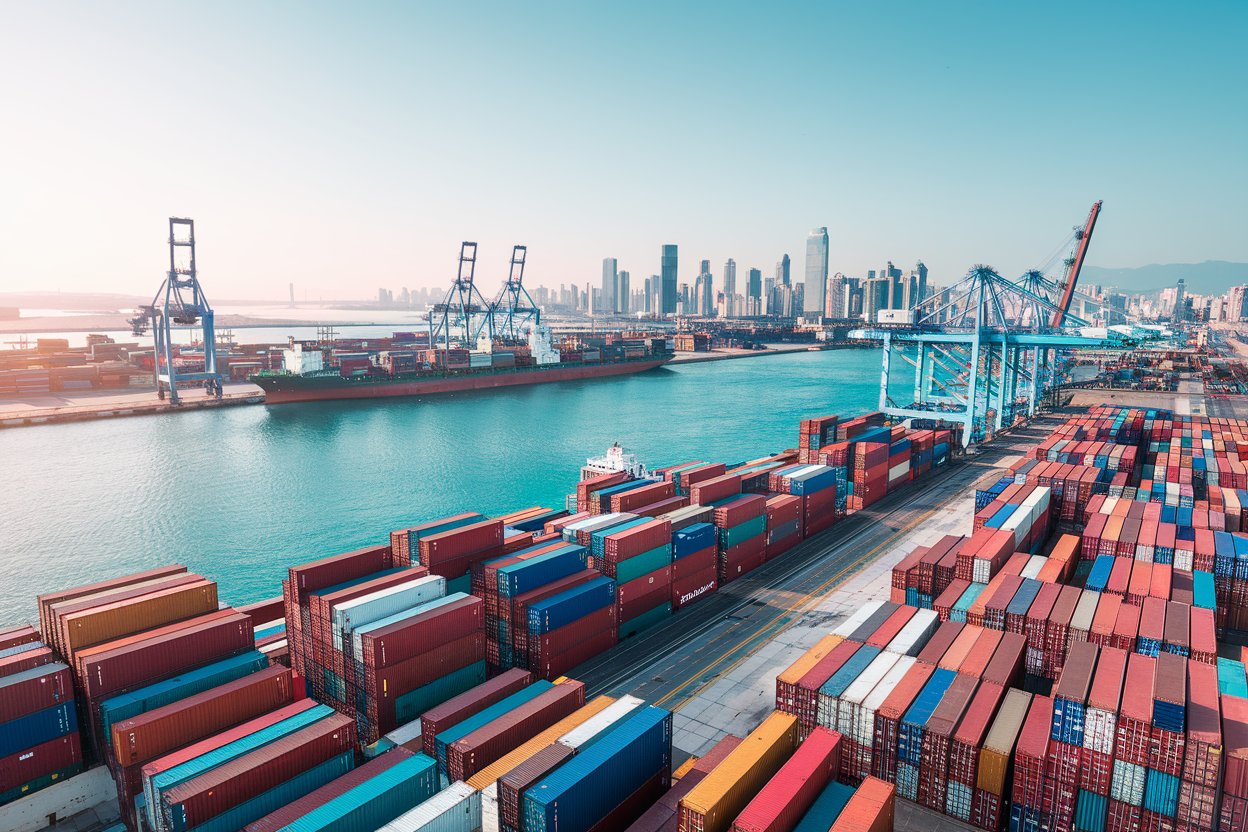- 20 Years of Expertise in Import & Export Solutions
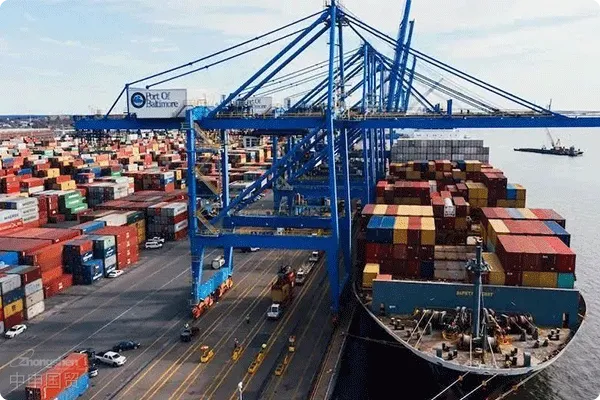
Introduction
Amid the surging tide of globalized commerce, import trade is flourishing. Japanese belts, celebrated for their exquisite craftsmanship and distinctive designs, have won widespread favor in international markets. For numerous traders, efficiently importing belts from Japan involves navigating a host of complex procedures—from document processing to logistics arrangements, from?Foreign exchange settlement?From the approach to product certification, every step is critical.?Zhong Shen?As a professional import?Export Agency?Service companies have accumulated extensive experience in this field, and will now provide you with a detailed analysis.
Opportunities and Challenges in the Context of International Trade
The current international trade landscape is complex and volatile: protectionism is on the rise, tariff adjustments are frequent, and regional trade agreements are being updated constantly. For instance, to shield domestic industries, some countries raise tariff barriers on imported goods or impose stricter quality-inspection standards. Yet challenges and opportunities coexist. As the Belt and Road Initiative advances and the Regional Comprehensive Economic Partnership (RCEP) takes effect, regional cooperation in international trade is deepening, creating a broader market for import businesses. For belts imported from Japan, RCEP may offer preferential policies such as tariff reductions, lowering import costs. Meanwhile, the rapid expansion of global e-commerce is opening additional sales channels and consumer segments for fashion accessories like belts.
The professional competence in document handling of ZhongShen International Trade.
- The Importance of Documentation: In the process of importing Japanese belts, documentation is the critical link. Documents such as the Bill of Lading, Commercial Invoice, and Packing List serve as essential proof during international transport and customs clearance. Take the Bill of Lading as an example: it is not only a cargo receipt but also evidence of the contract of carriage and, more importantly, a document of title. Any error or omission in these documents can leave the goods stranded at the port, incur hefty demurrage charges, and even hinder the transfer of ownership.
- Professional processing procedures: Zhongshen International Trade maintains a dedicated documentation team well-versed in the paperwork requirements under every trade term. Upon receiving an import mandate, the team first consults with the client to confirm the chosen trade term; if CIF (Cost, Insurance and Freight) is adopted, the seller is responsible for delivering the goods to the named port of destination and covering both insurance and freight charges. In this case, our documentation specialists focus on reviewing the transport clauses in the bill of lading and the insurance certificate. For the commercial invoice, they meticulously verify the goods description, quantity, unit price, and total value to ensure full alignment with the contract. Meanwhile, when preparing the packing list, they record the contents of each package in detail to facilitate customs inspection.
- Handling Special Circumstances: In actual business operations, discrepancies in documents sometimes occur. For example, the actual date on which the goods were loaded onto the vessel does not match?L/C?The stipulated shipping period does not match. At this point, Zhongshen International Trade’s documentation team immediately coordinates and communicates with the customer, the freight forwarder, the shipping line, and all other relevant parties. If time permits, they will strive to amend the documents; if time is tight, they will—based on the actual circumstances—assist the customer in applying to the bank for presentation of documents with discrepancies, while preparing the necessary explanatory documents to minimize the impact on settlement.
Professional control of logistics arrangements
- Selection of transportation methods: When importing belts from Japan, the common shipping methods include?Ocean shipping?and?Air freight?Ocean freight is relatively low-cost and ideal for large-volume shipments, but transit time is longer; air freight is fast, suitable for small, urgent consignments, but more expensive. Zhongshen International Trade selects the most appropriate mode of transport by weighing the customer’s needs and the cargo’s characteristics. For instance, if a client is importing a new style of belt that must reach the market quickly and the quantity is small, we recommend air freight; if the volume is large and the timeline is not critical, ocean freight takes priority.
- Detailed Explanation of the Shipping Process: In ocean freight, booking space is the first critical step. We maintain close cooperation with major carriers and reserve the appropriate slot based on cargo weight, volume, and other details. After the goods are loaded into containers, we arrange customs declaration. For customs clearance, accurate documentation must be submitted—such as the customs declaration form, commercial invoice, packing list, and contract. Once the goods pass customs inspection, they are loaded on board and dispatched. During transit, we track the shipment in real time via the carrier’s website or logistics platforms, providing customers with timely updates on cargo location and estimated arrival time. Upon arrival at the destination port, we assist clients with customs clearance and cargo release procedures.
- Air Freight Precautions: When shipping by air, packaging requirements for cargo are stricter to ensure the goods remain undamaged during rapid transit. Zhongshen International Trade provides professional packaging advice tailored to the characteristics of belts, such as using sturdy cartons and filling the boxes with cushioning materials. In terms of air freight customs clearance, the process is similar to that of sea freight, but the time constraints are tighter. Because air cargo moves quickly, we prepare all relevant documents in advance to ensure timely customs clearance and pickup. At the same time, for some high-value belts, we recommend that clients purchase adequate air cargo insurance to mitigate transportation risks.
Advantages of VTB Foreign Exchange Settlement in the Russian Market
- Basic Concepts of Foreign Exchange Settlement: Foreign-exchange settlement refers to the act whereby the owner of foreign-exchange proceeds sells those proceeds to a designated foreign-exchange bank, which in turn pays an equivalent amount in local currency at a specified exchange rate. In import operations, the choice of settlement method directly affects both the security of funds and the associated costs. Common settlement methods include Letter of Credit (LC) and Telegraphic Transfer (T/T).
- VTB Settlement Advantages: For belt-import operations targeting the Russian market, Zhongshen International Trade enjoys a unique VTB-settlement advantage. VTB Bank, a major Russian commercial bank, has built a long-term, stable partnership with Zhongshen. Leveraging VTB for settlement delivers several benefits. First, efficiency: whereas traditional international settlements often require relaying through multiple banks—making the process cumbersome and time-consuming—VTB enables a more direct flow of funds, allowing settlements to be completed faster and cutting down in-transit time. Second, on exchange rates: thanks to our close relationship with VTB, we can sometimes secure more favorable rates, lowering settlement costs. Moreover, VTB’s deep familiarity with Russian trade regulations and policies allows it to assist more effectively in resolving any settlement issues that may arise, safeguarding the security of our funds.
- Foreign exchange settlement process: Take telegraphic transfer as an example: once the goods arrive at a Russian port and the customer confirms receipt, Zhongshen International Trade will assist the customer in submitting a foreign-exchange settlement application to VTB Bank, including providing the commercial invoice, bill of lading, and other relevant documents to prove the authenticity of the transaction. After VTB Bank approves the application, it will convert the foreign currency into RMB at the prevailing exchange rate and remit the funds to the customer’s designated account. Throughout the entire process, Zhongshen International Trade will closely monitor every step to ensure the settlement is completed smoothly.
Southeast Asian market?Import/export?Process and Solution
- Import Process: Importing belts from Japan to the Southeast Asian market begins with signing a trade contract. The contract must specify key terms such as product specifications, quantity, price, delivery schedule, and payment method. Next, collaborate with Zhongshen International Trade to handle documentation and logistics. In terms of documents, in addition to the standard bill of lading and commercial invoice, you must also prepare—according to the requirements of each Southeast Asian country—?Certificate of Origin?Books (Certificate of Origin) and other specific documents. For example, when importing into Thailand, a FORM E Certificate of Origin is generally required to enjoy preferential tariff treatment. In terms of logistics, direct sea freight to major Southeast Asian ports—such as the Port of Singapore and the Port of Bangkok—can be chosen. After the goods arrive at the destination port, customs clearance is carried out. During clearance, customs will inspect the goods, primarily checking whether the goods match the documents and whether they comply with local quality and safety standards.
- Issues Faced and Solutions: During the import process, several issues may arise. For instance, customs clearance procedures in some Southeast Asian countries are cumbersome and inefficient. To address this, Zhongshen International Trade establishes strong partnerships with local customs brokers in advance, familiarizes itself with local clearance processes and policy changes, and prepares all required documents ahead of time to shorten clearance times. Quality inspection of goods is another critical concern. Different countries have varying quality standards for belts; for example, Vietnam imposes strict limits on formaldehyde content in leather goods. Before importation, we help clients understand the relevant local standards and, when sourcing in Japan, require suppliers to provide the corresponding quality inspection reports to ensure the goods meet the destination country’s requirements.
- Export Process (assuming the export of Japanese belts from Southeast Asia): If you plan to export belts from Southeast Asia to Japan, the first step is to conduct market research to understand the demand characteristics and prevailing trends for belts in the Japanese market. Next, identify suitable suppliers and sign purchase contracts. In terms of documentation, you need to prepare?Customs Declaration?Commercial invoice, packing list, etc.; depending on Japan’s requirements, a certificate of origin or other documents may also be needed. For logistics, you can choose sea or air freight to ship the goods to Japan. During Japanese customs clearance, note that Japan Customs has strict rules on labeling and packaging—labels must accurately state product ingredients, place of manufacture, and other information. Zhongshen International Trade will help clients prepare everything to Japan’s specifications, ensuring smooth customs clearance and entry into the Japanese market.
Product Certification Service Assistance
- Importance of certification: When importing Japanese belts, different markets impose varying certification requirements. For instance, entering the EU market may require CE certification to demonstrate compliance with relevant EU directives and harmonized standards; in the U.S. market, adherence to standards such as FCC certification may be necessary. Certification is the passport for a product to enter its target market; without the appropriate certification, goods may be denied entry or face penalties and other risks.
- The assistance method of ZhongShen International Trade: Although Zhongshen International Trade does not directly handle certification services, we will inform clients of the required certifications and assist them in the process. Our professional team is well-versed in the certification requirements of various markets and can provide accurate information. When clients prepare certification documents, we offer practical advice—such as how to prepare product test samples and how to communicate with certification bodies. At the same time, we help clients follow up on certification progress to ensure the process runs smoothly, enabling goods to enter the target market on schedule.
Conclusion
Importing belts from Japan involves multiple interconnected stages of international trade, each affecting the success or failure of the entire import operation. Leveraging its expertise in document processing and logistics coordination, along with its VTB settlement advantages in the Russian market, Zhongshen International Trade also provides detailed import-export process solutions for the Southeast Asian market and assists clients with product certification and related matters. This enables importers to receive comprehensive, professional services that help them smoothly conduct Japanese belt import operations within the complex international trade environment, seize business opportunities, and achieve their commercial objectives.
Recommended for You
- 韓國咖啡進口代理全流程指南:單證與物流雙核心的專業(yè)服務解析
- A Guide to Avoiding Pitfalls in Red Wine Import Agency: How to Save a Lot by Choosing Wisely!
- A Complete Guide to German Chocolate Import Agency: Document Compliance, Logistics Temperature Control, and Trade Risk Response
- How Much Can You Earn per Container of Imported French Red Wine? How Professional Agency Services Can Increase Net Profit Margins
- How to Choose the Most Suitable Red Wine Import Customs Broker for You in 2025?
Core business
Contact Us
Email: service@sh-zhongshen.com
Recommended for You
Contact via WeChat

? 2025. All Rights Reserved.

